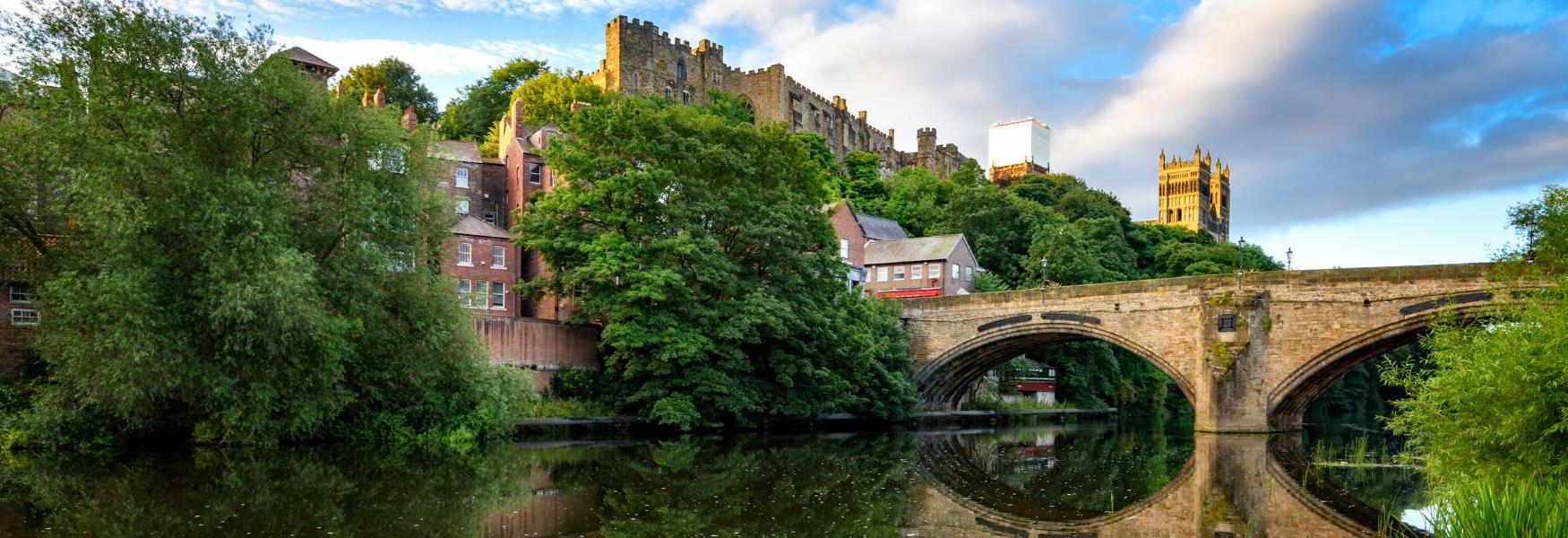Bisected by Hadrian’s Wall, the North East is a place of high moors and long sandy beaches. You’ll uncover the history of a region where raiders could come from the sea or over the border without notice. Here was also the centre of industrial power for the burgeoning British empire built on coal and shipbuilding but also chemicals and engineering.
Get a feel for the power of the medieval church in the vast spaces of the Norman nave of Durham Cathedral or the range of culture on offer at Auckland Castle. Great fortresses like Raby Castle, Bamburgh and Chillingham remind you that war was never far away in the borderlands. The troubled past is all around you but there is magic too. Ask a boatman to pole you across to the rock-cut Hermitage at Warkworth Castle, admire the murals pained by Lady Waterford at her village school in 1860, mount a broomstick at Alnwick Castle or climb the Great Cascade at the Duchess of Northumberland’s inventive Alnwick Garden.
